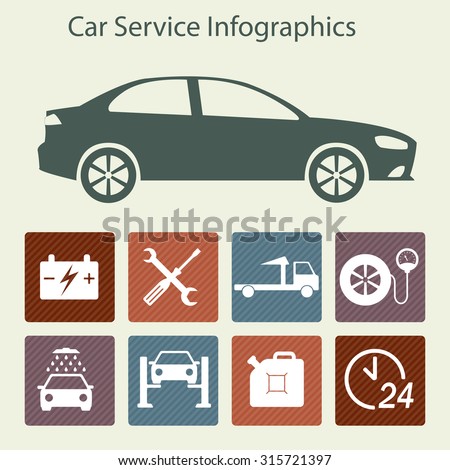Grasping The Value Of Your Cars And Truck'S Warning Signals: What They In Fact Represent
Grasping The Value Of Your Cars And Truck'S Warning Signals: What They In Fact Represent
Blog Article
Content Create By-Boye Kejser
When you're behind the wheel, those radiant caution lights on your control panel can be a bit complicated. Do you know what they're attempting to tell you regarding your cars and truck's wellness? Understanding the relevance of these lights is essential for your safety and security and the long life of your automobile. So, the next time one of those lights turns up, wouldn't you intend to decode its message accurately and take the needed steps to address it?
Common Caution Lighting and Interpretations
Determine typical warning lights in your vehicle and understand their definitions to ensure secure driving.
The most common caution lights consist of the check engine light, which signifies problems with the engine or emissions system. If just click the following page comes on, it's important to have your automobile inspected immediately.
The oil stress advising light suggests reduced oil pressure, needing instant attention to stop engine damage.
A blinking battery light may recommend a damaged charging system, potentially leaving you stranded if not attended to.
The tire pressure surveillance system (TPMS) light notifies you to low tire stress, influencing vehicle security and fuel efficiency. Ignoring this might lead to hazardous driving problems.
The abdominal light shows a trouble with the anti-lock stopping system, jeopardizing your ability to stop quickly in emergencies.
Finally, the coolant temperature advising light warns of engine getting too hot, which can result in severe damages otherwise solved promptly.
Comprehending these typical warning lights will certainly aid you deal with problems quickly and maintain risk-free driving conditions.
Importance of Prompt Interest
Recognizing the usual warning lights in your auto is just the first step; the significance of without delay dealing with these warnings can't be highlighted enough to ensure your safety and security when driving.
When a caution light illuminates on your dashboard, it's your cars and truck's way of interacting a possible issue that needs focus. Ignoring these warnings can result in a lot more extreme problems later on, jeopardizing your safety and potentially costing you extra in repairs.
Prompt interest to cautioning lights can avoid breakdowns and mishaps. For instance, a flashing check engine light can suggest a misfire that, if left neglected, could cause damage to the catalytic converter. Resolving https://www.carandbike.com/news/important-tips-to-note-while-buying-new-tyres-for-your-car-2810590 can save you from a costly fixing.
In a similar way, a brake system advising light could indicate low brake fluid or used brake pads, essential elements for your safety when driving.
DIY Troubleshooting Tips
If you discover a caution light on your control panel, there are a few do it yourself repairing pointers you can try before looking for expert assistance.
The primary step is to consult your vehicle's handbook to recognize what the certain warning light indicates. Occasionally the issue can be as simple as a loose gas cap triggering the check engine light. Tightening the gas cap may settle the problem.
Another usual issue is a low battery, which can activate various alerting lights. Checking the battery connections for corrosion and guaranteeing they're safe and secure might take care of the problem.
If a warning light persists, you can attempt resetting it by disconnecting the automobile's battery for a couple of minutes and after that reconnecting it. Furthermore, inspecting your vehicle's fluid degrees, such as oil, coolant, and brake liquid, can help fix cautioning lights related to these systems.
Verdict
In conclusion, comprehending your car's caution lights is essential for keeping your automobile running smoothly and safely. By promptly attending to these notifies and understanding what they mean, you can stay clear of pricey repair services and possible malfunctions.
Remember to consult your auto's guidebook for specific information on each alerting light and do something about it accordingly to ensure a hassle-free driving experience.
Stay educated, remain safe when driving!
